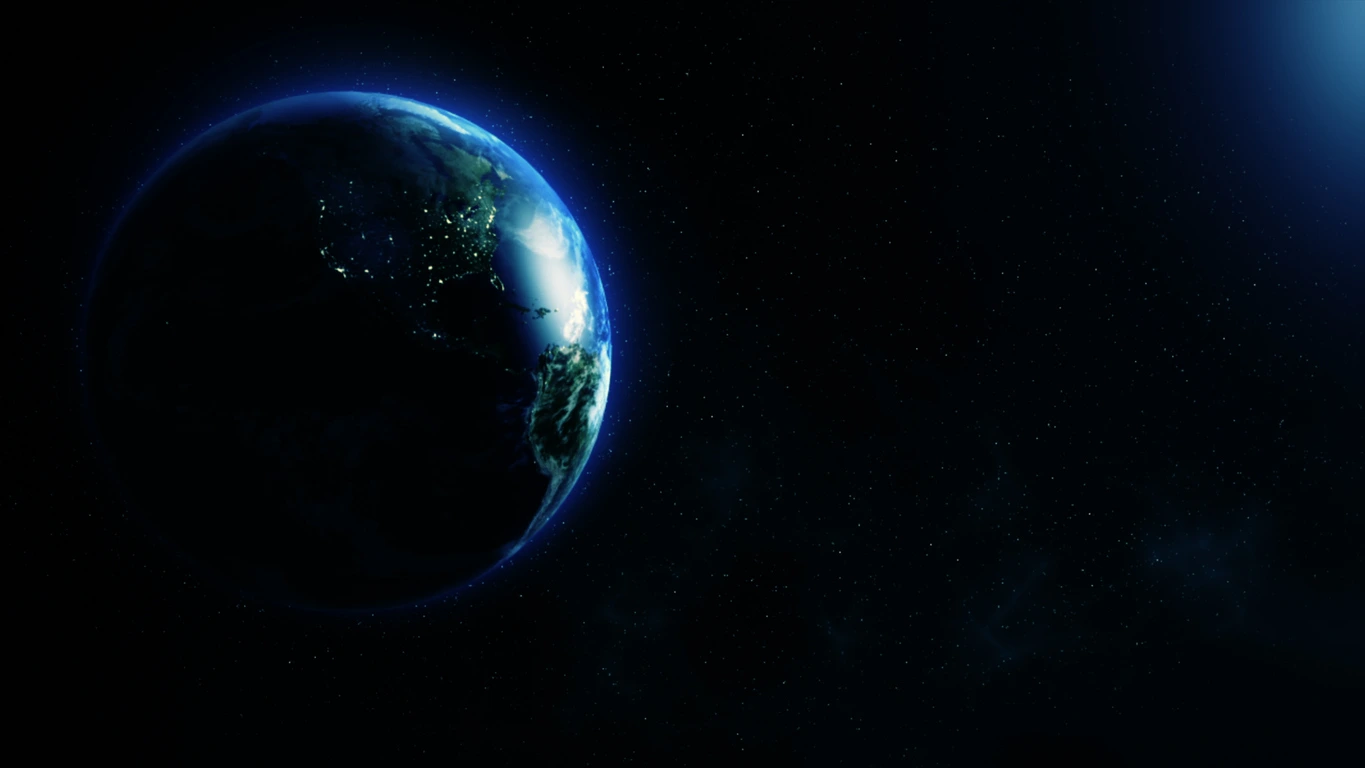
How Does the Production of AI and Robotics Impact the Environment?
In today’s fast-paced world of technological progress, the creation of artificial intelligence (AI) and robotics has become a major catalyst for innovation. But, there is a hidden environmental cost behind the sleek exteriors of these futuristic creations. In this blog, we will explore the environmental impact of producing AI and robotics and discuss the ecological consequences of our pursuit of technological advancement.
The Manufacturing Process
The production of AI and robotics is a complicated process that requires many different resources and can create a lot of pollution. Every step of the manufacturing process has a negative impact on the environment, from obtaining raw materials to assembling complex components. Mining for rare earth metals, like lithium and cobalt, harms the environment by destroying habitats and polluting water. Additionally, the production processes involved in extracting these metals require a lot of energy, leading to the flow of greenhouse gases and other toxic pollutants into the atmosphere.
Confronting the Challenge of Disposal and Recycling
As AI and robotics become more integrated into our daily lives, the task of disposing of outdated or malfunctioning devices is becoming more and more difficult. Electronic waste, also known as e-waste, can cause serious environmental and health risks if handled incorrectly. The components used in AI and robotics can contain toxic substances like lead, mercury, and brominated flame retardants. These substances have the potential to seep into the soil and water, which can then contaminate the environment and pose a risk to people’s health. It is important to have effective strategies for recycling and disposing of electronic waste to reduce its environmental impact and prevent it from building up in landfills and incinerators.
Energy Consumption
The energy requirements for producing AI and robotics are significant. Manufacturing facilities consume large amounts of electricity to power assembly lines and operate machinery. Furthermore, the computational requirements of AI algorithms and machine learning models influence their energy footprint. Balancing innovation with sustainability means finding ways to be innovative while also being mindful of the environment. This can be achieved by using energy-efficient manufacturing processes, investing in renewable energy sources, and optimizing algorithms to use less power.
Supply Chain Sustainability
It is important to make sure that AI and robotics production is sustainable in the factory and throughout the entire supply chain. Ensuring that raw materials are sourced ethically, practicing responsible waste management, and upholding fair labor standards are all important aspects of sustainable manufacturing. Companies could reduce their environmental impact and maintain ethical standards in the production of AI and robotics by promoting transparency and accountability in their supply chain.
Technological Innovation
While the development of AI and robotics creates environmental challenges, it also holds a chance to help address environmental issues. AI-powered optimization algorithms can help improve resource efficiency and minimize waste in manufacturing processes. Robotics applications, like automated recycling systems and precision agriculture, provide chances to reduce environmental damage and support sustainability. We can use AI and robotics to help solve environmental problems and create a better future for the planet.
Understanding BRAHMOIDS – Story of My Mother Earth
Imagine immersing yourself in a fascinating story that explores a future where robots effortlessly become part of human society, displaying complicated emotions and intelligence. The book explores the significant impact of technological advancements on society, encouraging readers to contemplate the ethical consequences of interfering with the delicate equilibrium between technology and humanity. It takes readers on a stunning journey that encourages them to think about the moral complexities that arise as technology advances rapidly.
Conclusion
The production of AI and robotics involves a complicated relationship between technological progress and environmental sustainability. As we work towards pushing the limits of innovation, it is important to address the environmental challenges of the manufacturing process. By adopting sustainable practices, supporting ethical sourcing, and using technology to find environmental solutions, we can approach the intersection of technology and ecology with foresight and responsibility. Let’s work together to create a more environmentally friendly and sustainable future. We can achieve this by harnessing the power of AI and robotics.
